Table of Contents
Introduction
Sichuan soup, also known as Sichuan hot pot or mala soup, is a traditional Chinese dish from Sichuan province renowned for its bold spicy heat and unique numbing sensation from Sichuan peppercorns. This guide provides a clear explanation of what Sichuan soup is, a step-by-step recipe for making it at home, and essential information on ingredients and techniques to achieve authentic flavor.

Key Ingredients of Sichuan Soup
Sichuan soup's signature flavor comes from specific ingredients that create its characteristic spicy and numbing profile. Here's what makes it unique:
- Sichuan peppercorns: Not a true pepper, but a seed from the prickly ash tree native to China. They produce a tingling, numbing sensation (known as "ma") that distinguishes Sichuan cuisine from other spicy dishes.
- Dried red chilies: Provide intense heat ("la") and fruity notes. Common varieties include Chinese red chilies or Tien Tsin chilies.
- Ginger and garlic: Form the aromatic base, adding warmth and depth to the broth.
- Shiitake mushrooms: Contribute umami richness and earthy notes, especially when dried.
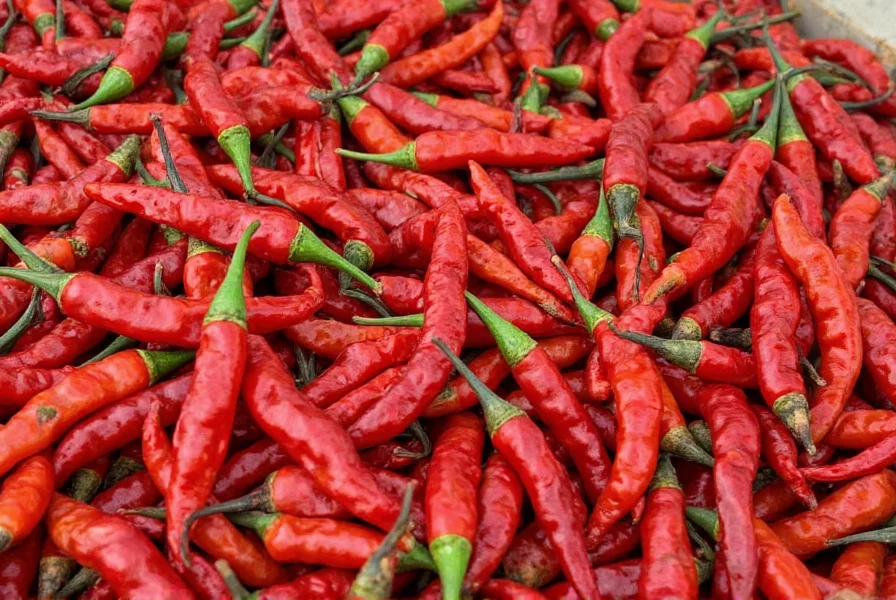
Step-by-Step Recipe
Follow this simple recipe to make authentic Sichuan soup at home. Serves 4.
- Prepare broth base: In a pot, combine 8 cups chicken or vegetable broth, 2 sliced ginger roots, 4 crushed garlic cloves, and 2 star anise. Simmer for 15 minutes.
- Toast spices: In a dry pan, lightly toast 2 tablespoons Sichuan peppercorns and 10 dried red chilies until fragrant (1-2 minutes). Crush slightly.
- Build flavor: Add toasted spices to the broth, along with 1 tablespoon soy sauce, 1 teaspoon sesame oil, and 1 teaspoon sugar. Simmer for 10 minutes.
- Add protein and vegetables: Stir in 1 cup sliced tofu, 1 cup shiitake mushrooms, and 1 cup bok choy. Cook for 5 minutes until tender.
- Finish: Remove from heat. Garnish with chopped scallions and extra Sichuan peppercorns. Serve immediately.
Pro tip: For authentic numbing sensation, use fresh Sichuan peppercorns and avoid overcooking them. The broth should be hot but not boiling when adding spices to preserve their flavor.
Global Spice Traditions in Sichuan Cuisine
While Sichuan cuisine is distinctly Chinese, it has absorbed influences from global spice traditions through historical trade routes. For example:
- Indian influences: The use of cumin and coriander in some Sichuan stir-fries reflects ancient Silk Road exchanges.
- Central Asian touches: Dried chilies became popular in Sichuan after being introduced via trade with Tibet and Xinjiang.
- Modern adaptations: Contemporary chefs blend Sichuan spices with Thai or Mexican ingredients for fusion dishes, though purists maintain traditional combinations.

Practical Tips for Cooking with Sichuan Spices
Mastering Sichuan spices requires understanding their unique properties:
- Toast before use: Dry-toasting Sichuan peppercorns and chilies releases their full aroma without burning.
- Balance heat and numbness: Start with 1 teaspoon Sichuan peppercorns per serving and adjust gradually—too much can overpower the dish.
- Store properly: Keep spices in airtight containers away from light and moisture. Whole peppercorns retain freshness for 6 months; ground versions last 2-3 months.
- Substitute carefully: For Sichuan peppercorns, black pepper + cayenne can mimic heat but won't replicate the numbing effect. Never substitute with regular chili powder.
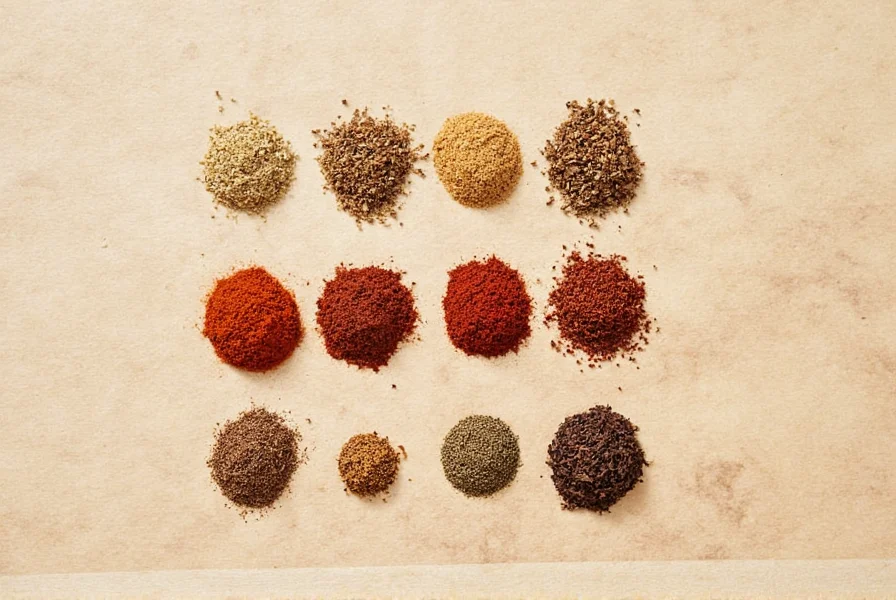
| Spice/Ingredient | Key Characteristics | How to Use | Substitutes | Buying Tips |
|---|---|---|---|---|
| Sichuan Peppercorn | Numbing sensation, citrusy aroma | Toast in dry pan before adding to broth | Black pepper + cayenne (not exact substitute) | Look for bright red color, store in airtight container away from light |
| Dried Red Chilies | Spicy, fruity heat | Soak in hot water before use | Crushed red pepper flakes | Choose deep red color, avoid moldy pieces |
| Ginger | Pungent, warming | Slice or grate for broth | Fresh ginger can be substituted with ground ginger (less potent) | Choose firm, smooth skin, store in fridge |
| Garlic | Aromatic, pungent | Minced or crushed for base | Powdered garlic (less fresh flavor) | Look for firm bulbs, store in cool dry place |
| Shiitake Mushrooms | Earthy, umami-rich | Rehydrate dried mushrooms or use fresh | Cremini mushrooms | Dried shiitakes have stronger flavor, store in airtight container |
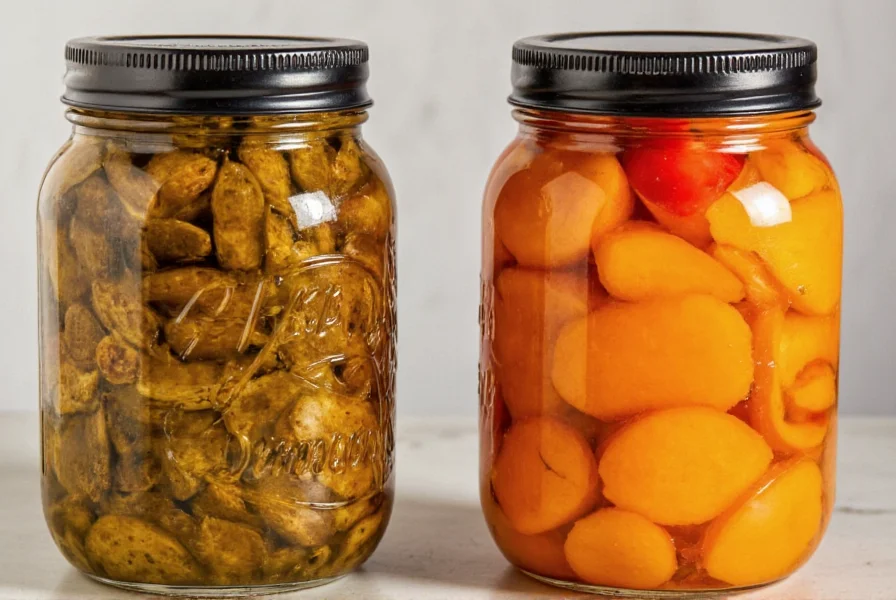
Conclusion
Sichuan soup is more than just spicy food—it's a culinary tradition rooted in Chinese history and geography. By understanding the science behind Sichuan peppercorns' numbing effect and mastering ingredient balance, you can recreate authentic flavors at home. Remember: the key to great Sichuan soup is quality ingredients and precise technique. Start with simple recipes, experiment gradually, and respect the cultural heritage behind each spice.
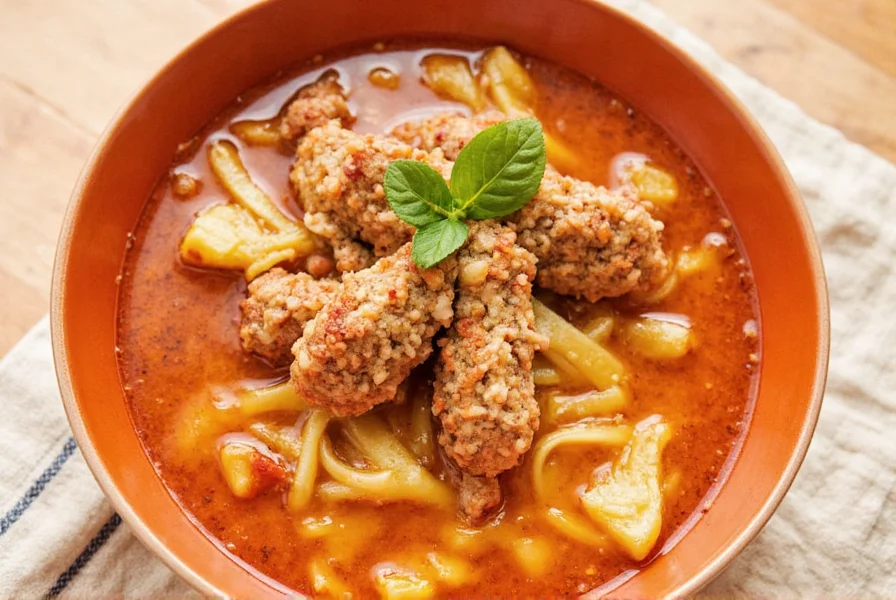

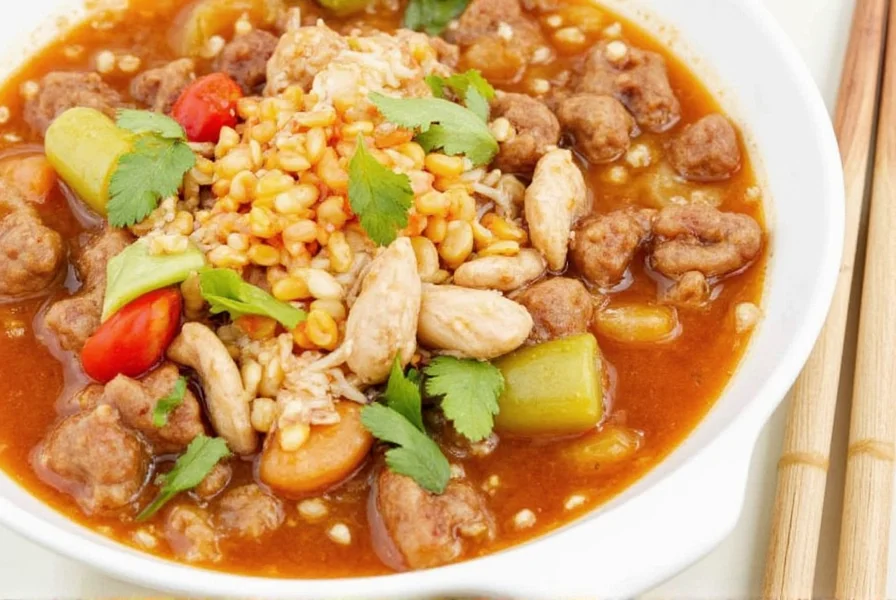









 浙公网安备
33010002000092号
浙公网安备
33010002000092号 浙B2-20120091-4
浙B2-20120091-4